STATEHOUSE REPORT | ISSUE 20.23 | JUNE 4, 2021
BIG STORY: Advocates fear tons of nuclear waste from new SRS project
NEWS BRIEFS: How Mia McLeod could make the 2022 S.C. governor’s race different
LOWCOUNTRY, Ariail: The domino effect
COMMENTARY, Brack: Why getting vaccinated is more important than ever
SPOTLIGHT: Conservation Voters of South Carolina
FEEDBACK: Heritage Act column makes sense
MYSTERY PHOTO: Looks religious
Advocates fear tons of nuclear waste from new SRS project
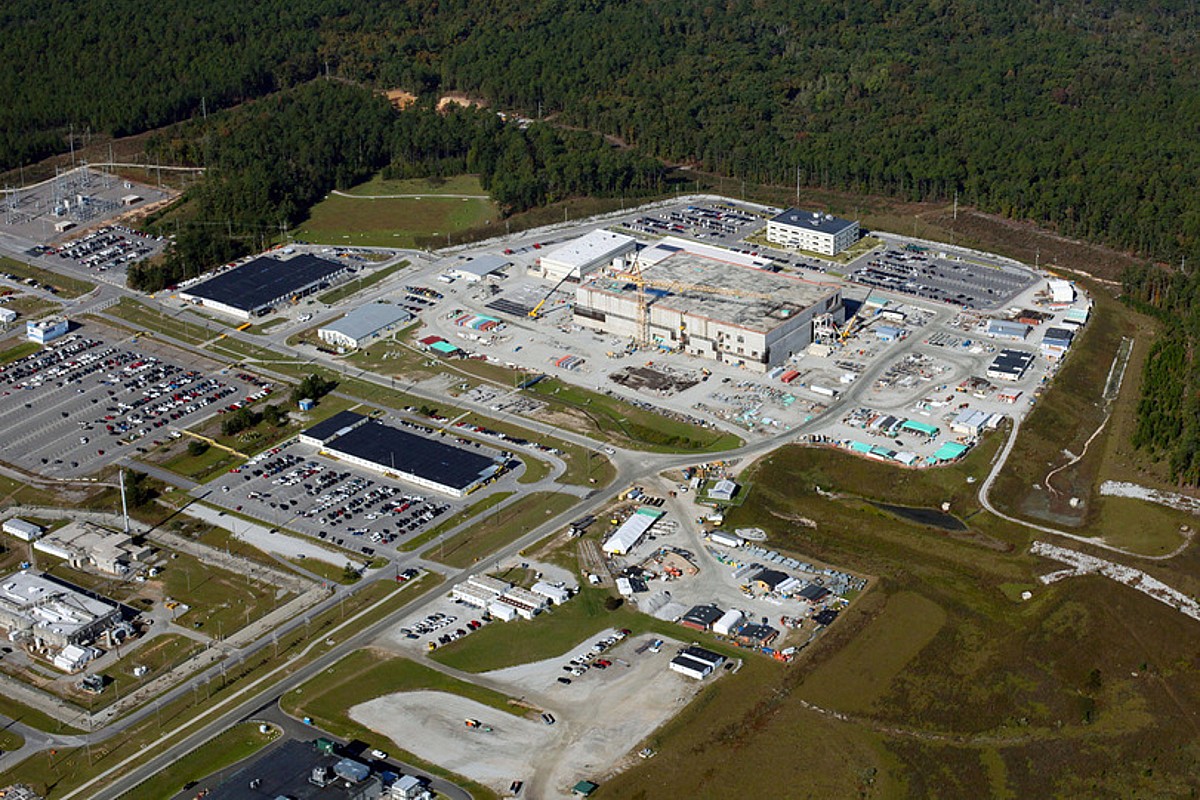
By Skyler Baldwin, special to Statehouse Report | A plan to restart a defunct South Carolina nuclear facility with a new mission has safety advocates worried about tons of new nuclear waste in an area of the state with a checkered radioactivity record.
“The essential problem with the work at the Savannah River Site (SRS) is there have been a number of newfangled ideas to either downgrade or reuse plutonium or other nuclear byproducts,” said Tonya Bonitatibus, executive director of Savannah Riverkeeper, a nonprofit advocacy group. “Often, that just means we bring in more waste that is indefinitely stored in South Carolina and often not used even for the purpose it was brought in for.”
The U.S. Department of Energy (DOE)’s new budget includes a request for $603 million toward the production of plutonium pits, a key component in nuclear warheads, at SRS. Nearly all pits currently in the U.S. stockpile were produced from 1978 to 1989 because the U.S. had only one active site for decades to produce new pits. The recent funding request marks a 37 percent increase from 2020, which moves the department closer to its goal of restoring pit production and producing 50 pits per year by 2030.
Under the project plan, SRS would repurpose its unfinished Mixed Oxide (MOX) Fuel Fabrication Facility as a proposed Savannah River Plutonium Processing Facility (SRPPF).
“Repurposing this unfinished facility would allow NNSA [National Nuclear Security Administration] to make use of an existing seismically-qualified structure, with numerous supporting facilities, including office, assembly and fabrication space; construction facilities; and existing SRS services and infrastructure, such as security, fire protection and emergency response,” a 2020 SRS report said.
But South Carolina’s troubled history with nuclear production and the costs associated with it are leaving many skeptical.
“I worked against the MOX project for over 20 years before it was terminated because I knew it was a bad idea and a waste of money,” said Tom Clements, director of watchdog advocacy group SRS Watch. “The plutonium pit project is just what the MOX project has metamorphosed into.
“They’re jumping into this pit project without having learned the lesson from the MOX debacle, and the people pushing this — I think they’re going to get burned again.”
Lots of waste predicted
Clements has been monitoringSRS or working in its area for more than 40 years with various advocacy organizations, including Friends of the Earth off and on since 2008.
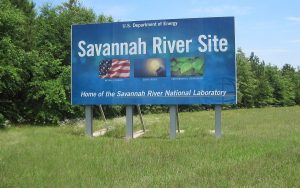
“I estimate the pit project would bring in about 7.5 metric tons of plutonium, and most of that would go back out in the form of a pit, but there’s plutonium waste, transuranic waste, low-level radioactive waste and low-level mixed radioactive waste,” Clements told Statehouse Report. “There’s a large volume of nuclear waste that would be created, and some of it would be dumped in commercial facilities, but the preferred option is dumping it in on-site trenches.
“The last thing we need here in South Carolina is more nuclear waste,” he said.
But according to a 2019 report from the S.C. Department of Health and Environmental Control’s Environmental Surveillance Oversight Program, radioactive waste associated with the Savannah River Site is well within acceptable levels.
But critics said those levels would surely increase with new nuclear production, and nuclear waste and materials would also need to be moved from site to site, as the project spans from South Carolina to Nevada using shipping trucks. Fortunately, that means the risk of hazardous material spilling into Palmetto State waterways due to this project is minimal, Clements said, as nuclear materials wouldn’t be shipped aboard waterbound vessels.
The plan isn’t without risk. Waste can leak from ground sites into waterways, or seep into groundwater below, an until-recently ongoing issue, according to statewide reports between 1971 and 2019.
“Plutonium pit production … would result in a large amount of plutonium being brought into the site for processing and would yield various types of nuclear waste, threatening groundwater and the Savannah River,” grassroots environmental organization Sierra Club said in a statement June 3. “If the plans to produce plutonium pits fails or succeeds, South Carolina would be burdened with a significant radioactive waste problem. No schedule to date has been presented for the removal of this material in the form of pits or associated waste streams.”
But those behind the drafted proposal believe the project is worth the chance.
“The National Nuclear Security Administration must implement a strategy to provide the enduring capability and capacity to produce no less than 80 war reserve plutonium pits per year,” the SRS report read. “This approach would provide an effective, responsive, and resilient nuclear weapons infrastructure with the flexibility to adapt to shifting requirements and counter future threats.”
Estimated costs continue to climb
Perhaps the greatest point of contention about the new project is its economic implications. The cost of the construction of the facility alone is estimated to be $11.1 billion, and when the rest of the needed infrastructure is taken into consideration, that cost soars to $18 billion, according to DOE estimates and a Sierra Club report.
This estimate is already more than double the original projections shared in 2018 when discussions for the project first began. Official costs and schedule baselines won’t be available until the design is at least 90 percent complete, according to Sierra Club, and many expect the final cost to be much higher than even current estimates.
But, the project anticipates the need for 1,800 highly-skilled personnel to maintain production, a significant job creation as the state continues to recover from the coronavirus pandemic.
What’s next
Ultimate decisions will be made by authorization of the project and appropriation of funds in Congress.
“We are definitely encouraging people to write members of Congress, including the S.C. delegation to oppose this project,” Clements said. “All of them are pretty much in favor of it — even [U.S. Rep. James] Clyburn’s office likes the jobs it would produce.”
The S.C. Environmental Law Project is likely to file a lawsuit on behalf of environmental advocacy groups against the proposal, citing national environmental policy acts that the project would reportedly butt against if current designs were not amended. Clements’ group is likely to sign onto the lawsuit, he said.
Skyler Baldwin is a staff reporter at the Charleston City Paper. Have a comment? Send to: feedback@statehousereport.com.
- Have a comment? Send to feedback@statehousereport.com
How McLeod could make 2022 S.C. gov’s race different
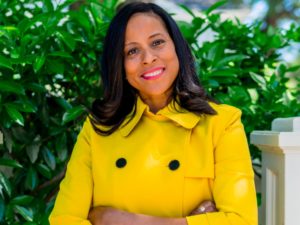
By Sam Spence, special to Statehouse Report | State Sen. Mia McLeod has already made South Carolina history by becoming the first Black woman to run for governor. But in a state where Democrats have lost the last five elections for the governor’s mansion, could McLeod flip the script?
GOP Gov. Henry McMaster will appear on ballots again in 2022 — his eighth run in 36 years for statewide office — but the Democratic field from which his opponent will be chosen is wide open for now. McLeod’s announcement Thursday made her the third candidate to enter the race. Activist Gary Votour and former U.S. Rep. Joe Cunningham have also announced campaigns.
On top of 10 years of experience in the state legislature — three terms in the House and her current tenure in the state Senate — McLeod, a Bennettsville native who lives in the Columbia area, brings a shift compared to previous Democratic prospects, said S.C. Sen. Marlon Kimpson, D-Charleston.
“Instead of Vincent, Vincent, James and Joe, we’re about to witness Mia. That contrast alone is different. Not only in name, but also policy proposals,” he said. “In the past, we’ve had conservative Democrats spending a whole lot of time and energy pandering to voters who have historically not supported the Democratic nominee in the general. The difference here is I think Mia will, first and foremost, represent the interests of the heart of the party.”
Cunningham is also a “well-qualified” and “exciting” candidate, Kimpson said, but he will let the candidates make their cases before endorsing.
In a statement Thursday, Cunningham said, “Mia brings an important voice to this race and I look forward to spending time with her on the trail as we make our case to voters.”
McLeod has been a vocal critic of McMaster and Republican legislators who have maintained a stranglehold on state government for years. Last year, she criticized leaders’ return to Columbia to debate voting laws following early COVID-related shutdowns, citing her own bouts with sickle cell anemia. During debate over restrictive anti-abortion laws, McLeod spoke in front of her colleagues, revealing she had been the victim of sexual assault.
“With over 7,000 deaths in South Carolina from this deadly virus in less than a year, Henry McMaster’s claims of being ‘pro life’ ring hollow,” she said in a Feb. 16 email to supporters.
In her Thursday announcement, she said, “I believe in a South Carolina where the governor has the courage to lead, the compassion to feel empathy for others, a connection to the people she represents, the character to do the right thing simply because it’s the right thing, and the conviction to stand, even if she has to stand alone.”
Criticisms of McMaster will likely be plentiful from all candidates, said Marguerite Willis, a Florence attorney who previously ran for governor in 2018 and has not ruled out a run in 2022.
“What we have different this time, is you have four years of experience to shoot it with regard to Henry McMaster,” she said. “There’s so much to pick apart, with regard to his performance, that whoever does the best job of that should be a successful candidate.”
Whoever the nominee is, Kimpson said, they can’t just be in the race for a feel-good discussion of the issues or to put up a good fight.
“I don’t believe we move the needle by sending a message. We need to win.”
In other recent news:
![]() Murders jump 25% in 2020 in S.C. South Carolina had one of its most violent years on record in 2020, increasing the number of murders reported from 457 in 2019 to 571 in 2020, according to preliminary statistics released by the State Law Enforcement Division on Thursday. More: The Post and Courier | WSPA TV | The State.
Murders jump 25% in 2020 in S.C. South Carolina had one of its most violent years on record in 2020, increasing the number of murders reported from 457 in 2019 to 571 in 2020, according to preliminary statistics released by the State Law Enforcement Division on Thursday. More: The Post and Courier | WSPA TV | The State.
McMaster directs agencies to review DJJ policies. Gov. Henry McMaster’s office announced Wednesday the Department of Juvenile Justice will be under new scrutiny after a critical audit of the agency. More: WISTV.
S.C. budget includes 3% raise to state employees. The state spending plan heading to the South Carolina House floor next week offers state employees a 3% raise and teachers a $1,000 bump in pay. More: WCSC TV.
S.C. among majority of states likely not to make shot goal. President Joe Biden is pushing to get at least 70 percent of adults vaccinated with at least one dose of the COVID-19 dual shot mRNA vaccines by July 4. Even as the nation is on track to reach that target, thirty states including South Carolina will probably not make that vaccine goal. More: The New York Times.
S.C. House to talk vaccine lottery next week. A House committee has drafted the state’s annual budget to include a 3% raise for state employees and a $1,000 bonus to public school teachers. But the spending plan does not include a proposal to offer a COVID-19 vaccine lottery — which may come up for debate on the House floor next week. More: AP News
SC-1: Vandals spray obscenities outside Mace’s home. U.S. Rep. Nancy Mace, R-S.C.,posted a video Tuesday of obscenities she said had been spray-painted outside of her Charleston-area home over the weekend. She also characterized the vandalism as including “antifa symbols,” although the A in a circle sprayed on her sidewalk has been a recognized symbol of anarchy for 50 years. More: AP News | Charleston City Paper.
- Charleston police investigating Denmark Vesey monument vandalism. More: Charleston City Paper.
SC-7: Former Myrtle Beach mayor to challenge Rice. Former Myrtle Beach Mayor Mark McBride announced his intention on June 3 to run for the congressional seat held by Republican U.S. Rep. Tom Rice. More: The Post and Courier.
Development permits overturned for Charleston area spit. The decision by the state Supreme Court to overturn permits at Captain Sam’s Spit is a win for South Carolina conservationists in the long-running legal battle and carries far-reaching implications for how the state reviews development permits along the rapidly changing coast in the age of sea level rise. More: The Post and Courier.
Santee Cooper to be reformed, not sold to private owner. The South Carolina legislative leaders most ardent about selling state-owned utility Santee Cooper said Tuesday there are no interested buyers. More: AP News.
Sam Spence is editor of the Charleston City Paper. Have a comment? Send to: feedback@statehousereport.com.
The domino effect
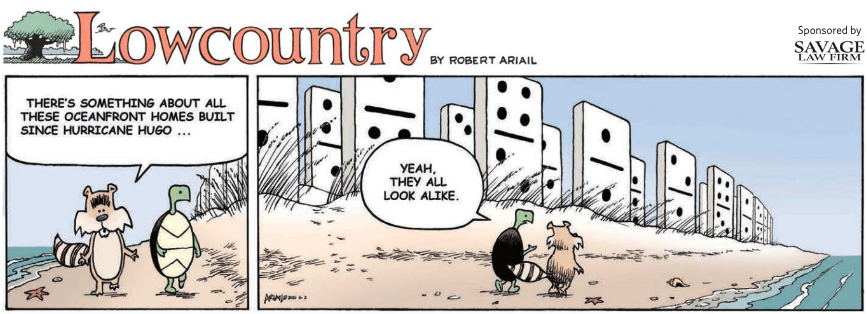
Cartoonist Robert Ariail always has an interesting take on what’s going on in South Carolina. His weekly “Lowcountry” strip is originally drawn for our sister publication, the Charleston City Paper. Love the cartoon? Hate it? What do you think: feedback@statehousereport.com. Check out the Best of Charleston 2021.
Why getting vaccinated is more important than ever
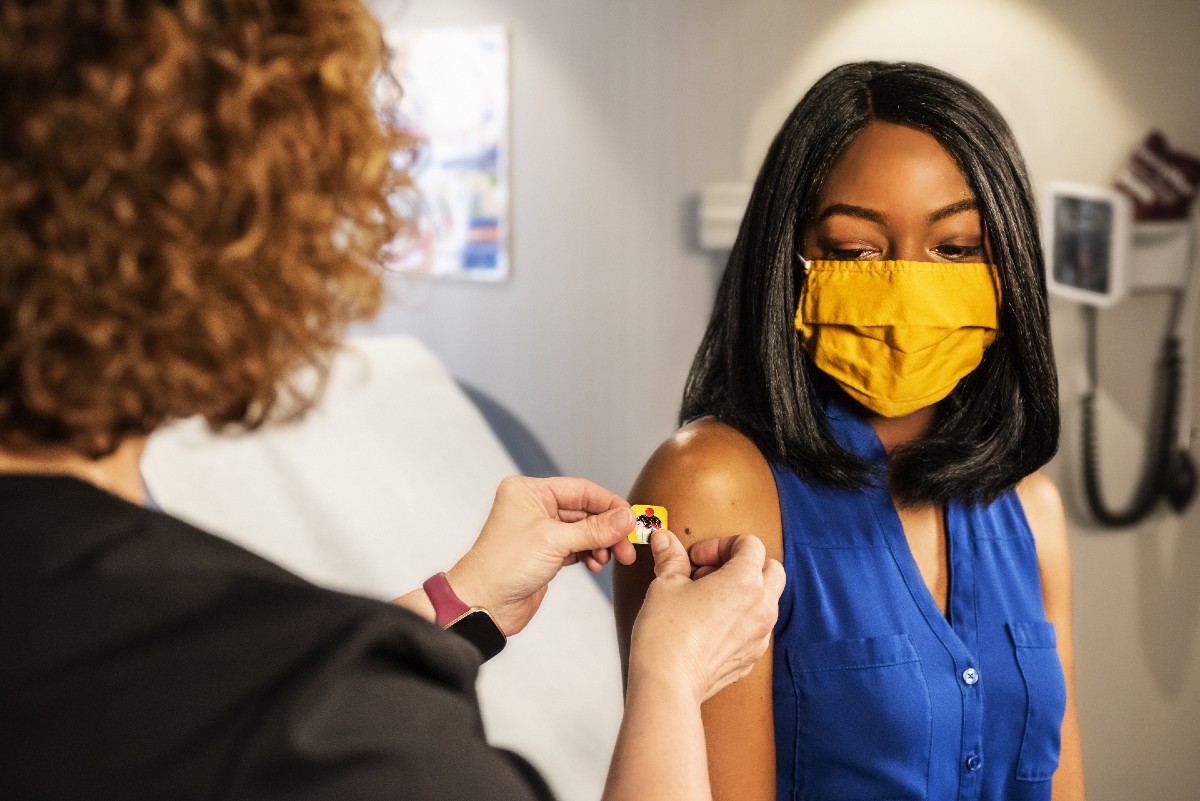
By Andy Brack, editor and publisher | The number of new South Carolina cases of people getting COVID-19 has dropped significantly with 122 new cases one recent day, 71 new cases the day before. Daily deaths across the state have dropped from the double digits to just a few. The percentage of positive tests is now below 5 percent, the magic number indicating the disease is being managed.
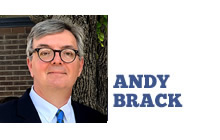 But we’re not out of the woods yet — by a long shot. One in three South Carolinians still are susceptible to the disease because children under 12 — about 800,000 people in the state — can’t yet get vaccinated, and another million adults just haven’t. The rate of infection among people under 20, for example, has gone up from 18 percent to 26 percent since January, according to state numbers.
But we’re not out of the woods yet — by a long shot. One in three South Carolinians still are susceptible to the disease because children under 12 — about 800,000 people in the state — can’t yet get vaccinated, and another million adults just haven’t. The rate of infection among people under 20, for example, has gone up from 18 percent to 26 percent since January, according to state numbers.
And in the days ahead, things can get trickier. Those who aren’t protected against the ravaging impacts of COVID-19 may think everything’s back to normal because of what they see everyday — people congregating, not wearing masks or taking fewer precautions than in the past.
At this point in the pandemic, they’re in a health Catch 22: They think they don’t need to be careful when, in fact, they’re still just as much at risk because they don’t have the disease antibodies from a vaccination or natural immunity from getting the virus.
“If people have been vaccinated or know they have had an infection, they’re fine with doing just about anything they want,” said Dr. Michael Sweat, director of the division of global and community health at the Medical University of South Carolina in Charleston. “But those who haven’t, they’re seriously at risk.”
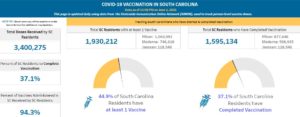
Across the state, some 45 percent of South Carolinians over age 12 have had at least one vaccination shot; 37 percent are completely vaccinated, according to the S.C. Department of Health and Environmental Control. But when the 800,000 children under 12 are added into the mix, that means some 38 percent of all South Carolinians have gotten one shot, while 31 percent are completely vaccinated.
Add on top of that the 26 percent who had the disease and have natural immunity. That means about two in three South Carolinians have some or complete protection from the disease. But look at how many people that leaves without protection — about 1.8 million in a state of 5.1 million people.
Even scarier: Sweat pointed to a recent MUSC study in the Charleston area that showed about 20 percent of people who believed they contracted COVID-19 and had natural protection actually had no antibodies. In other words, they believed they were protected, but were not. Yikes!
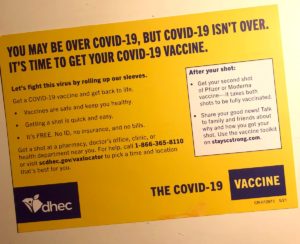 “The chance of those [unprotected] people spiking up without immunity is very likely to happen,” Sweat said, adding the next few weeks would be telling. In particular, health officials are concerned about higher infections among the unprotected because people congregate more in summer and the COVID-19 variants that now exist “ramp up transmission by 50 percent when encounters happen.”
“The chance of those [unprotected] people spiking up without immunity is very likely to happen,” Sweat said, adding the next few weeks would be telling. In particular, health officials are concerned about higher infections among the unprotected because people congregate more in summer and the COVID-19 variants that now exist “ramp up transmission by 50 percent when encounters happen.”
In society, we’ve essentially created two classes of citizens — the protected, who are returning to normal, and the unprotected, who constantly get messages reinforced that things are back to normal, but fail to realize the virus doesn’t discriminate. For them, it is still lurking and deadly.
But these people don’t want to hear that to ward off the disease, they need to keep wearing masks, continue washing hands and keep socially distanced — just like before.
“We have about 30 percent of our people [in the Charleston area] who have no immunity based on our estimate,” Sweat said. “That’s a lot of people. The more those people congregate with each other the worse off they are.”
The easiest way for adults to not get the disease is to get vaccinated. Do so so we can keep this noxious tiger at bay for everyone.
- Have a comment? Send to: feedback@statehousereport.com.
Conservation Voters of South Carolina
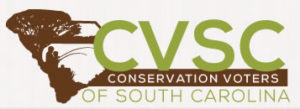 The Conservation Voters of South Carolina is a statewide nonprofit organization that fights for the Palmetto State’s air, water, land and energy through political action. The organization is bipartisan, pragmatic and effective.
The Conservation Voters of South Carolina is a statewide nonprofit organization that fights for the Palmetto State’s air, water, land and energy through political action. The organization is bipartisan, pragmatic and effective.
Through scorecards and advocacy at the Statehouse, CVSC holds South Carolina legislators accountable for their votes and actions. As a small organization that operates as a nonprofit and has a political action committee, we have a big impact. Learn more today by clicking any of the links below:
- CVSC Legislative Scorecards
- CVSC Issues
- CVSC News
- How to take action with CVSC
Heritage Act column makes sense
To the editor:
![]() I enjoyed your Statehouse Report and especially the editorial on the Heritage Act. Makes good sense and even conservative people may accede to eliminating the supermajority component.
I enjoyed your Statehouse Report and especially the editorial on the Heritage Act. Makes good sense and even conservative people may accede to eliminating the supermajority component.
— David G. Phillips, Mount Pleasant
Send us your thoughts, but also provide contact info
We receive a few comments a week and look forward to publishing. But often we can’t because we can’t verify the identity of the writer.
To be published, you’ve got to provide us with contact information so we can verify your letters. Verified letters to the editor are published weekly. We reserve the right to edit for length and clarity. Comments are limited to 250 words or less. Please include your name and contact information.
-
- Send your letters or comments to: feedback@statehousereport.com
Looks religious
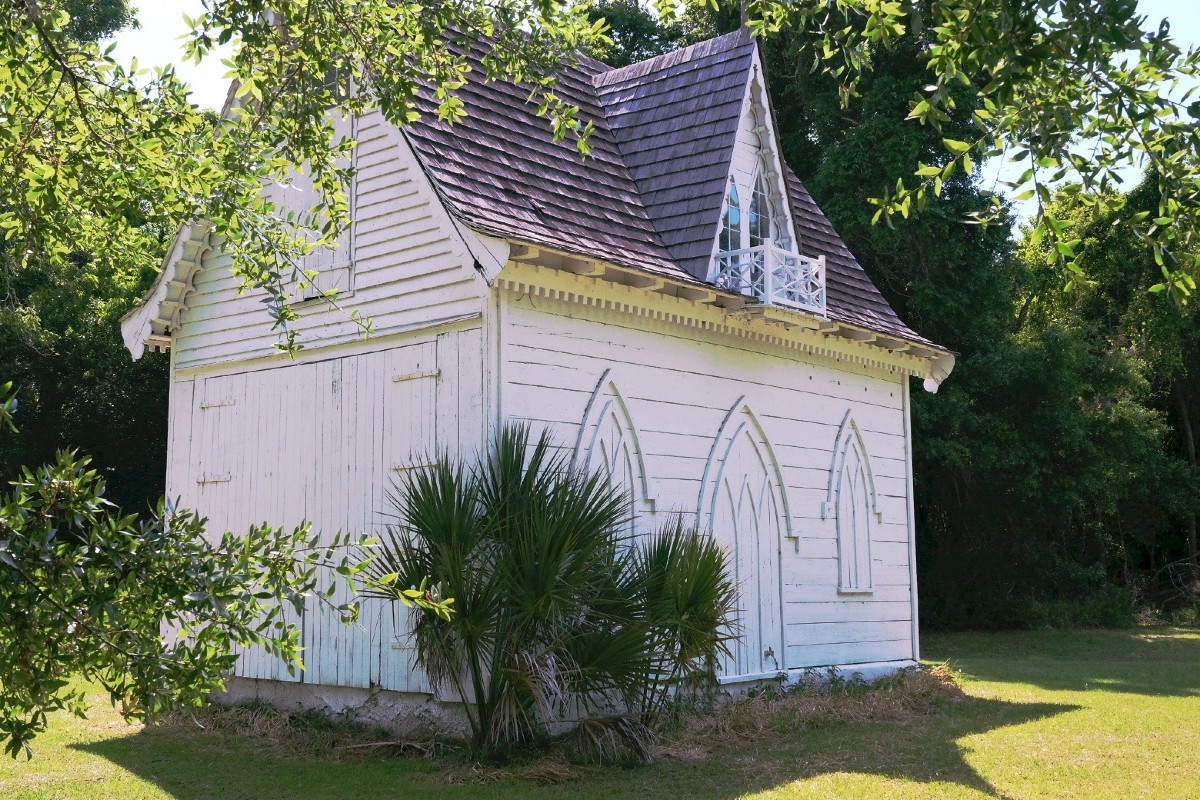
Here’s a neat building that looks kind of religious, but is it? What is it and where? Send your guess to feedback@statehousereport.com — and remember to include your name, home city and contact information.
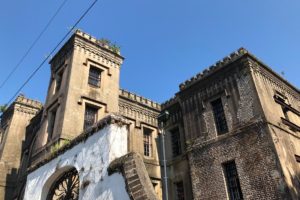 Last week’s mystery, “Not the Citadel (again),” was a picture of the top of the old Charleston jail on Magazine Street.
Last week’s mystery, “Not the Citadel (again),” was a picture of the top of the old Charleston jail on Magazine Street.
Congratulations to several readers who correctly identified the mystery: Jacie Godfrey of Florence; David Lupo of Mount Pleasant; Will Bradley of Las Vegas, Nevada; Elizabeth Jones and Jay Altman, both of Columbia; Allan Peel of San Antonio, Texas; Penelope Forrester of Tallahassee, Fla.; Frank Bouknight of Summerville; Thomas Jacobsen of Sitka, Alaska; and Bill Segars of Hartsville.
Lupo noted that through the years, the jail has been used to house lots of prisoners, “including highway robbers, pirates, and prisoners of war. During the 21st century, it was occupied by the American College of Building Arts until the college moved to its present location in 2016.”
Peel added, “Operating as a jail from 1802 until 1939, it housed Charleston’s most infamous criminals as well as federal prisoners of war during the Civil War. Tours of the Old Charleston Jail have been available since 2003, and it has become popular with tourists as well as on television. It has been featured in a variety of television shows including Travel Channel, Food Network, Ghost Hunters, Ghost Adventures, Ghost Brothers and BuzzFeed Unsolved. For a more complete history of the Old Charleston Jail, visit the Ghost City Tours website here and learn all about the ghosts of the incarcerated souls that ultimately died in this prison.”
- Send us a mystery. If you have a photo that you believe will stump readers, send it along (but make sure to tell us what it is because it may stump us too!) Send to: feedback@statehousereport.com and mark it as a photo submission. Thanks.
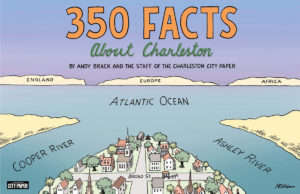 ORDER NOW: Copies are in Lowcountry-area bookstores now, but if you can’t swing by, you can order a copy online today.
ORDER NOW: Copies are in Lowcountry-area bookstores now, but if you can’t swing by, you can order a copy online today.
ABOUT STATEHOUSE REPORT
Statehouse Report, founded in 2001 as a weekly legislative forecast that informs readers about what is going to happen in South Carolina politics and policy, is provided to you at no charge every Friday.
Meet our team
- Editor and publisher: Andy Brack, 843.670.3996
- Special correspondent: Lindsay Street
Donate today
We’re proud to offer Statehouse Report for free. For more than a dozen years, we’ve been the go-to place for insightful independent policy and political news and views in the Palmetto State. And we love it as much as you do.
But now, we can use your help. If you’ve been thinking of contributing to Statehouse Report over the years, now would be a great time to contribute as we deal with the crisis. In advance, thank you.
Buy the book
Now you can get a copy of editor and publisher Andy Brack’s We Can Do Better, South Carolina! ($14.99) as a paperback or as a Kindle book ($7.99). . The book of essays offers incisive commentaries by editor and publisher Andy Brack on the American South, the common good, vexing problems for the Palmetto State and interesting South Carolina leaders.
More
- Mailing address: Send inquiries by mail to: P.O. Box 21942, Charleston, SC 29413
- Subscriptions are free: Click to subscribe.
- We hope you’ll keep receiving the great news and information from Statehouse Report, but if you need to unsubscribe, go to the bottom of the weekly email issue and follow the instructions.
- Read our sister publications: Charleston City Paper (every Wednesday) | Charleston Currents (every Monday).
- © 2021, Statehouse Report, a publication of City Paper Publishing, LLC. All rights reserved.


